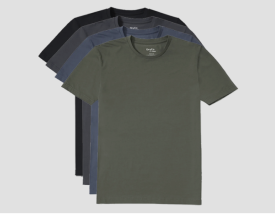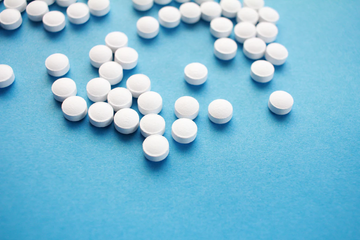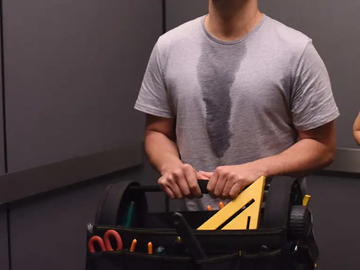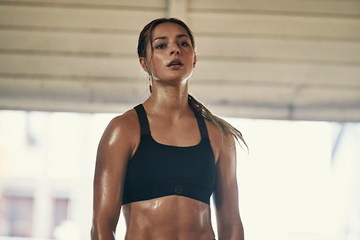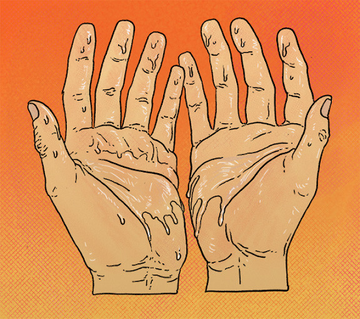At Neat Apparel, we’re always on the lookout for the latest updates on hyperhidrosis management techniques and treatments. When it comes to sweat, we’ve got you covered.
Today, we’re taking a look at a new study, published in Dermatologic Therapy that shows a promising new hyperhidrosis treatment.
About the Study
The study takes a look at using oxybutynin to treat primary hyperhidrosis. Oxybutynin is a prescription drug that is generally administered orally or topically. To date, the drug has been mainly used to treat overactive bladders resulting in incontinence and frequent urination. In this study, we see that it may be an effective treatment for some types of hyperhidrosis.
The study itself consisted of 30 patients with scores of two or higher on the hyperhidrosis disease severity scale (HDSS). The patients took oral doses of oxybutynin for treatment times ranging from one to six years.
The study examined people with a variety of types of primary hyperhidrosis including:
- Axillary: Underarm sweating, which affects about 3% of the population.
- Craniofacial: Excessive sweating of the head and face.
- Palmoplantar: Sweating on the palms of the hands and/or soles of the feet.
- Trunk: Excessive sweating on the torso of the body, including the thorax and abdomen.
The Results
Across the board, all patients saw significant improvements during the treatment.
The HDSS scale is a four-point scale with four as the most severe hyperhidrosis impact, and one the least. Every single patient in the study was able to reduce their HDSS score by at least 1 degree. Even more astonishingly, ⅔rds of the test group saw a two-degree improvement, and a handful even improved by three.
Side effects of oxybutynin are known from their use in urinary treatments and were present in this study. Although side effects were common among the test group, their effects were relatively minor.
Over 75% experienced dry mouth, and under 25% experienced dry eyes. Most would agree, a little dryness is a small price to pay for managing severe hyperhidrosis.
The Takeaway
While these results are promising, the word on oxybutynin as a treatment for primary hyperhidrosis is still uncertain. Although this study was able to demonstrate the drug as safe and effective, the methods and results have some limitations.
The first is that, as it stands, the treatment while able to reduce the severity of primary hyperhidrosis still not a cure. Of course, any advancements in management are still a positive step and can improve quality of life.
The second issue is the methodology of the study itself. There were no control groups or comparison groups used to see how the results compared against people who used other treatments or who were not given treatments. Add this in with the small test group size and the results are scientifically inconclusive for widespread medical use.
Finally, the long-term effects and benefits of this treatment have yet to be studied. While the results of the study are promising a lot more needs to be done before this is ready to use as a mainstream hyperhidrosis treatment.
The good news is that we are one step closer to effective hyperhidrosis management. We hope to see that further study and exploration will bring this, and other new treatments, to the forefront and reduce the impact hyperhidrosis has on our lives.
Hyperhidrosis Management
Although there is no cure yet, and no one-size-fits-all treatment, there are options for effective hyperhidrosis management. One technique that anyone can use, even you are already on medication, is to start using hyperhidrosis shirts.
Wearing sweat-wicking clothes for hyperhidrosis may not be a cure, but it is a great way to reduce sweating. As well as rapidly, and discreetly removing sweat so that you can stay dry and comfortable, without having to worry about sweat stains and body odor.
At Neat Apparel, we use advanced moisture-wicking technology for breathable, sweatproof shirts that you can wear with confidence. Explore our selection of the best moisture-wicking undershirts and t-shirts.